Sardinas was always a staple in our pantr, the quick solution when mom needed to whip up something delicious in minutes. But Spanish-style sardines? That was the delata we saved for special occasions.
I remember sneaking spoonfuls straight from the can, savoring those tender chunks swimming in that golden, spiced oil. Now I make my own version at home, it's so much better than anything you can buy!
This homemade Spanish-style sardines bangus recipe transforms humble milkfish into something absolutely spectacular. The pressure cooker does all the heavy lifting, creating fall-apart tender fish infused with aromatic spices and olive oil. It's become my go-to recipe for impressing guests and making heartfelt homemade gifts during the holidays.
Jump to:
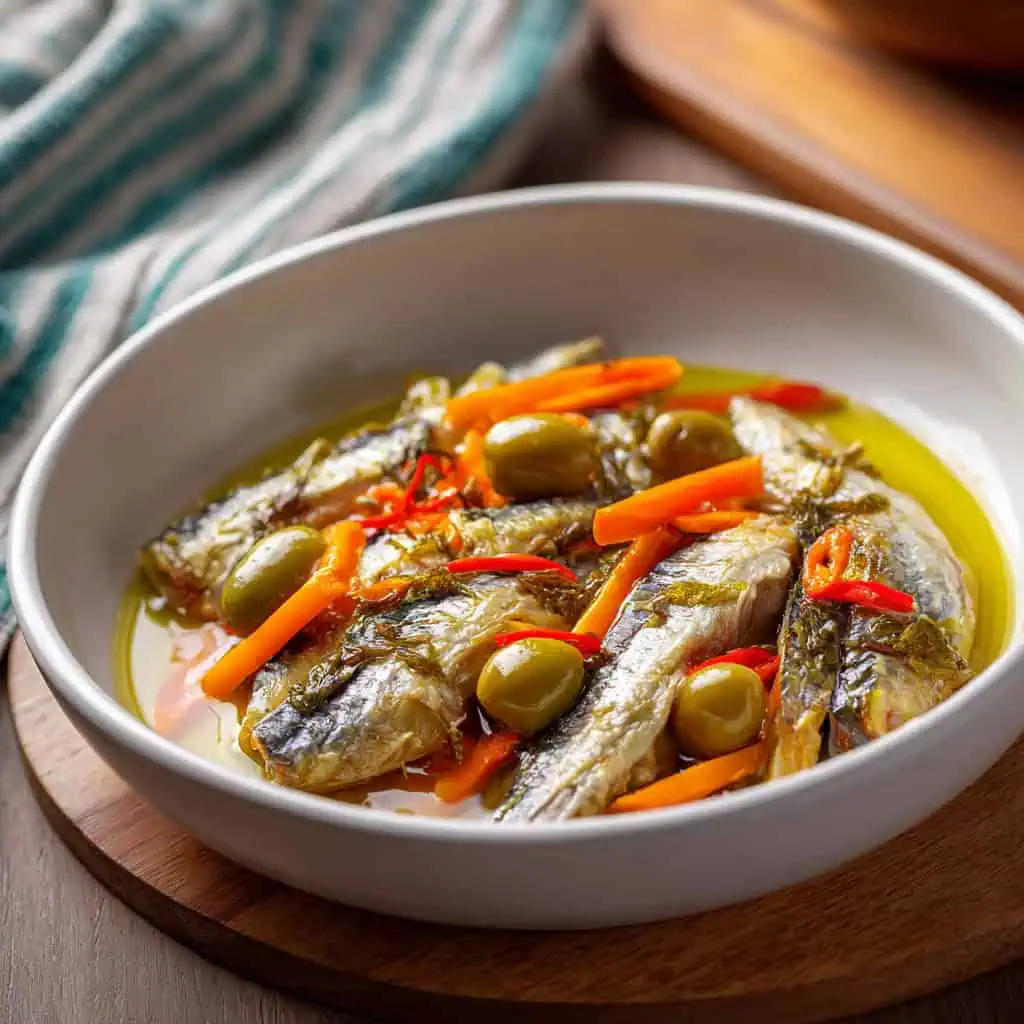
Why You'll Love This Recipe
This homemade Spanish-style sardines bangus will become your new favorite way to enjoy milkfish! The pressure cooker makes the fish incredibly tender while infusing it with aromatic spices and olive oil.
It's budget-friendly, perfect for meal prep, and makes an excellent homemade gift that friends and family will treasure. Plus, you control the ingredients and spice level, making it so much better than store-bought versions.
Ingredients
- 6 cups cold water (for soaking)
- ¾ cup rock salt (for soaking)
- 2 large bangus, cleaned, gutted, and cut into serving portions (scales intact)
- 8 pieces bay leaves
- 1 large carrot, peeled and cut into florets
- 1 head garlic, peeled and crushed
- ¼ cup green olives, pitted
- ¼ cup sweet gherkins pickles, sliced
- 1 tablespoon peppercorns
- 4 Thai chili peppers
- 2 cups olive oil
- 1 tablespoon rock salt (for seasoning)
- 2-3 cups water (for cooking)
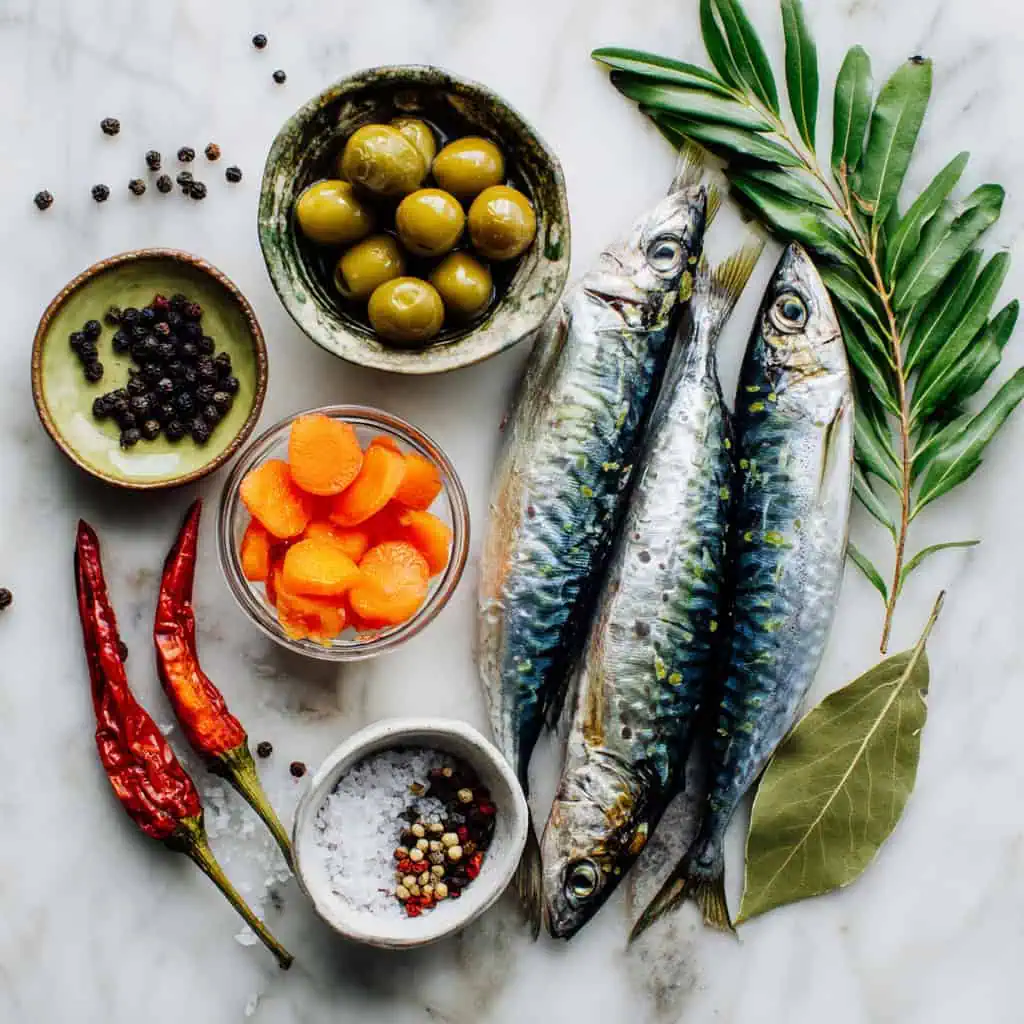
The rock salt brine removes any fishy smell and helps the bangus retain moisture during cooking. Bay leaves, garlic, and peppercorns create an aromatic base, while carrots add sweetness and prevent sticking.
Green olives and pickles provide tangy contrast to the rich fish, and Thai chilies bring just the right amount of heat. Olive oil becomes the flavorful cooking medium that preserves the fish beautifully.
Equipment
- Pressure cooker - Essential for achieving tender, fall-off-the-bone fish in a fraction of the time
- Large bowl - For the salt brine solution
- Tongs - Safety tool for releasing pressure valve
- Sterilized jars (optional) - For long-term storage and gifting
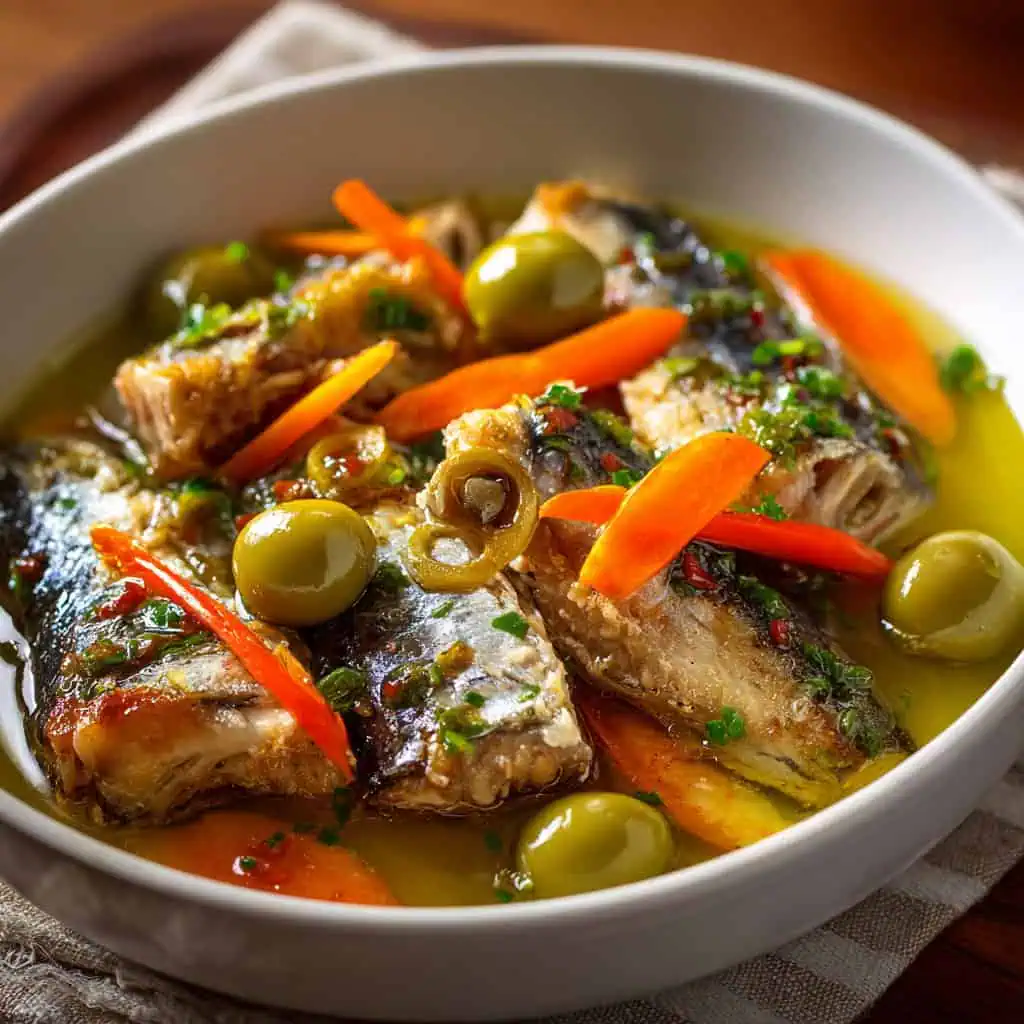
How To Make
- Combine 6 cups cold water and ¾ cup rock salt in a large bowl, stirring until the salt completely dissolves. This brine will remove any fishy odor and help the bangus retain its moisture during the long cooking process.
- Add the cleaned and portioned bangus to the salt solution and let soak for 30 minutes. This step is crucial for the best flavor and texture, so don't skip it even if you're in a hurry.
- Layer the bay leaves, carrot florets, and crushed garlic on the bottom of your pressure cooker. This creates a flavorful bed that prevents the fish from sticking to the pot while adding aromatic depth to the dish.
- Drain the bangus well and arrange the pieces in a single layer over the vegetables and aromatics. Make sure the fish pieces aren't overlapping to ensure even cooking.
- Evenly distribute the pitted green olives, sliced sweet pickles, peppercorns, and Thai chili peppers over the fish. Season everything with 1 tablespoon of rock salt.
- Pour the olive oil over the fish, making sure it coats everything evenly. The oil will become the preservation medium and carry all the flavors throughout the dish.
- Add enough water to cover the fish by about 1 inch. Don't worry about the large amount of liquid - most of the water will evaporate during cooking, leaving behind concentrated flavors and oil.
- Close and lock the pressure cooker lid securely. Cook over medium heat until the valve begins to whistle, which indicates the cooker has reached proper pressure.
- Reduce the heat to low and continue cooking for exactly 1 hour and 10 minutes. This long, slow cooking time ensures the fish becomes incredibly tender and absorbs all the flavors.
- Turn off the heat and carefully release the pressure by lifting the valve with tongs. Never attempt to open the lid while there's still pressure inside - wait until all steam has escaped.
- Once the pressure is completely released, carefully open the lid and allow the sardines to cool in the pot. The fish will be very tender, so handle gently.
- Transfer the cooled sardines to airtight containers or sterilized jars if you plan to give them as gifts or store them longer.

Tips from Lola's Kitchen
- Keep the fish scales intact - they help hold the delicate flesh together during the long cooking process
- Use a wide pressure cooker if possible to arrange fish in a single layer for even cooking
- Don't overfill your pressure cooker - leave at least 2 inches of space at the top for safety
- The fish is done when it flakes easily with a fork but still holds its shape
- Let the sardines rest in the cooking liquid for 30 minutes before transferring for better flavor absorption
- Save some of the flavorful oil for drizzling over rice when serving
Substitutions
- No pressure cooker: Use a heavy-bottomed pot and simmer covered for 2-3 hours, checking water level frequently
- Olive oil: Substitute with canola, vegetable, or corn oil for a more neutral flavor
- Thai chilies: Use jalapeños for milder heat or omit entirely for kid-friendly version
- Sweet pickles: Replace with dill pickles for a tangier flavor profile
- Rock salt: Use kosher salt but reduce amount by half as it's more concentrated
Troubleshooting
- Fish falling apart: Handle gently when transferring and ensure scales are intact before cooking
- Too salty: Rinse the fish briefly before serving next time, or reduce salt in the brine
- Not tender enough: Cook for additional 15-20 minutes under pressure
- Too oily: Drain excess oil before serving, but save it for cooking other dishes
- Burnt bottom: Make sure vegetable layer completely covers the bottom of the pot
Storage & Reheating
- Store in refrigerator for up to 3 days in airtight containers
- For longer storage, use sterilized jars and keep refrigerated for up to 1 week
- Reheat gently in microwave or serve cold - both ways are delicious
- The flavors actually improve after a day in the refrigerator
- Never leave at room temperature for more than 2 hours
- Oil may solidify when cold - this is normal and will liquefy at room temperature
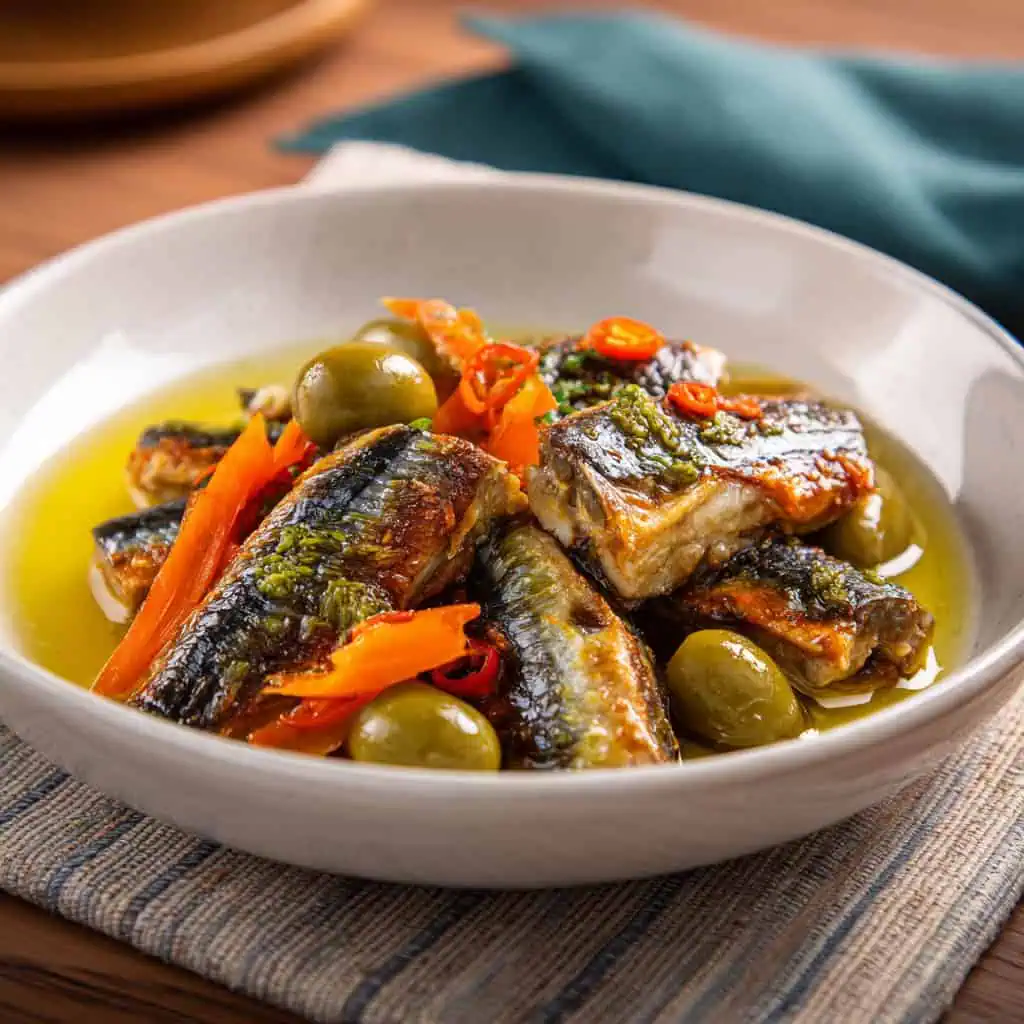
FAQ
Can I use frozen bangus?
Yes, but thaw completely and pat dry before brining for best results
Why leave the scales on?
Scales help keep the delicate fish meat intact during the long cooking process
Can I make this without oil?
The oil is essential for the Spanish-style preparation and preservation
How do I know when it's done?
Fish should flake easily with a fork but still hold its shape
Can I double the recipe?
Yes, but make sure your pressure cooker can accommodate the extra volume safely
What if I don't have a pressure cooker?
Use a heavy pot and simmer covered for 2-3 hours, adding water as needed
Related
Looking for other recipes like this? Try these:
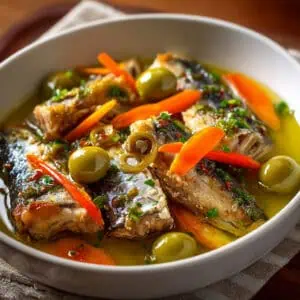
Spanish-Style Sardines Bangus in Oil
Ingredients
- 6 cups cold water for soaking
- ¾ cup rock salt for soaking
- 2 large bangus cleaned, gutted, and cut into serving portions (scales intact)
- 8 pieces bay leaves
- 1 large carrot peeled and cut into florets
- 1 head garlic peeled and crushed
- ¼ cup green olives pitted
- ¼ cup sweet gherkins pickles sliced
- 1 tablespoon peppercorns
- 4 Thai chili peppers
- 2 cups olive oil
- 1 tablespoon rock salt for seasoning
- 2-3 cups water for cooking
Instructions
- Combine 6 cups cold water and ¾ cup rock salt in a large bowl, stirring until the salt completely dissolves. This brine will remove any fishy odor and help the bangus retain its moisture during the long cooking process.
- Add the cleaned and portioned bangus to the salt solution and let soak for 30 minutes. This step is crucial for the best flavor and texture, so don't skip it even if you're in a hurry.
- Layer the bay leaves, carrot florets, and crushed garlic on the bottom of your pressure cooker. This creates a flavorful bed that prevents the fish from sticking to the pot while adding aromatic depth to the dish.
- Drain the bangus well and arrange the pieces in a single layer over the vegetables and aromatics. Make sure the fish pieces aren't overlapping to ensure even cooking.
- Evenly distribute the pitted green olives, sliced sweet pickles, peppercorns, and Thai chili peppers over the fish. Season everything with 1 tablespoon of rock salt.
- Pour the olive oil over the fish, making sure it coats everything evenly. The oil will become the preservation medium and carry all the flavors throughout the dish.
- Add enough water to cover the fish by about 1 inch. Don't worry about the large amount of liquid - most of the water will evaporate during cooking, leaving behind concentrated flavors and oil.
- Close and lock the pressure cooker lid securely. Cook over medium heat until the valve begins to whistle, which indicates the cooker has reached proper pressure.
- Reduce the heat to low and continue cooking for exactly 1 hour and 10 minutes. This long, slow cooking time ensures the fish becomes incredibly tender and absorbs all the flavors.
- Turn off the heat and carefully release the pressure by lifting the valve with tongs. Never attempt to open the lid while there's still pressure inside - wait until all steam has escaped.
- Once the pressure is completely released, carefully open the lid and allow the sardines to cool in the pot. The fish will be very tender, so handle gently.
- Transfer the cooled sardines to airtight containers or sterilized jars if you plan to give them as gifts or store them longer.
Tips from Lola's Kitchen
- Keep the fish scales intact - they help hold the delicate flesh together during the long cooking process
- Use a wide pressure cooker if possible to arrange fish in a single layer for even cooking
- Don't overfill your pressure cooker - leave at least 2 inches of space at the top for safety
- The fish is done when it flakes easily with a fork but still holds its shape
- Let the sardines rest in the cooking liquid for 30 minutes before transferring for better flavor absorption
- Save some of the flavorful oil for drizzling over rice when serving
The Story Behind Spanish-Style Sardines Bangus
Spanish-style sardines have a fascinating history that connects Filipino cuisine to centuries of Spanish colonial influence. When Spanish colonizers introduced their preservation techniques to the Philippines, local cooks adapted these methods to work with native ingredients, particularly the abundant milkfish or bangus found in Philippine waters. The Spanish brought their tradition of preserving fish in olive oil with aromatic spices, but Filipino cooks made it their own by incorporating local flavors and cooking techniques.
The term "Spanish-style" in Filipino cooking doesn't always mean the dish originated in Spain, but rather refers to the cooking method of slow-simmering ingredients in oil with Mediterranean spices like bay leaves, peppercorns, and garlic. This technique was originally used to preserve fish without refrigeration, making it a practical solution for tropical climates. The oil acts as a natural preservative while infusing the fish with rich, complex flavors.
What makes bangus perfect for this preparation is its meaty texture and ability to absorb flavors deeply. Unlike the small sardines traditionally used in Spain, bangus provides substantial, satisfying portions that make this dish a complete meal rather than just a condiment. The fish's natural oils blend beautifully with olive oil, creating that signature golden liquid that's perfect for drizzling over rice.
Over time, this Spanish-style sardines recipe became a beloved staple in Filipino households, especially during special occasions and holidays. Families would prepare large batches to share with neighbors and give as gifts, turning a simple preservation method into a gesture of love and community. Today, while commercial versions line grocery store shelves, nothing beats the homemade version where you control every ingredient and create something truly special.



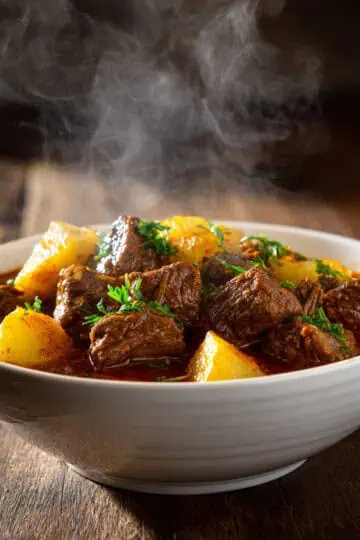


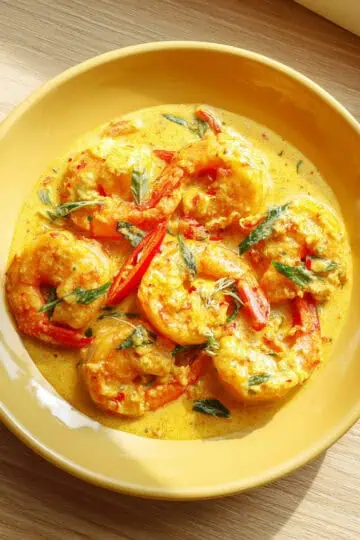
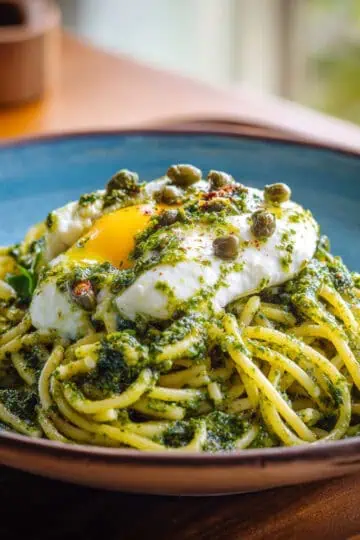
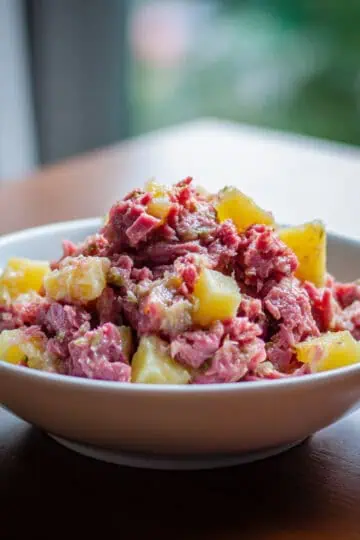

Comments
No Comments